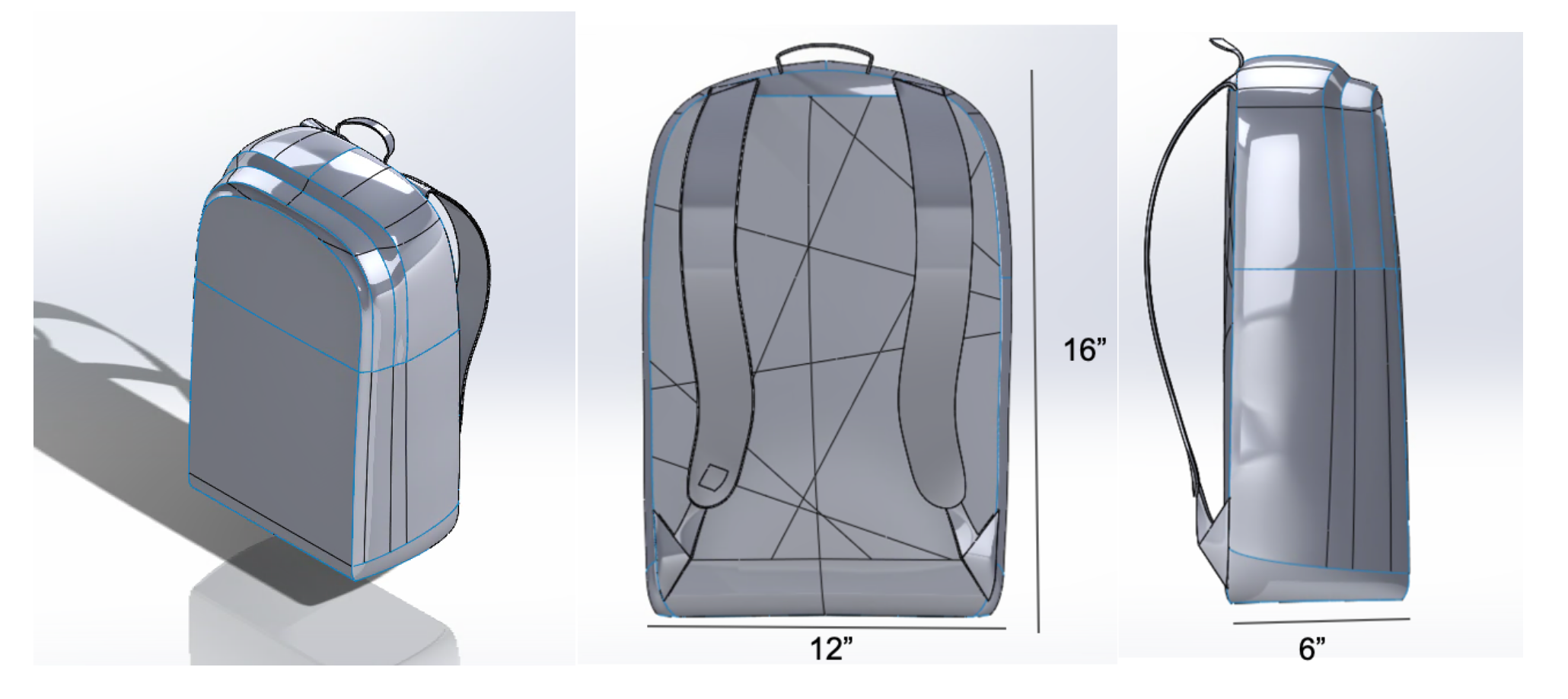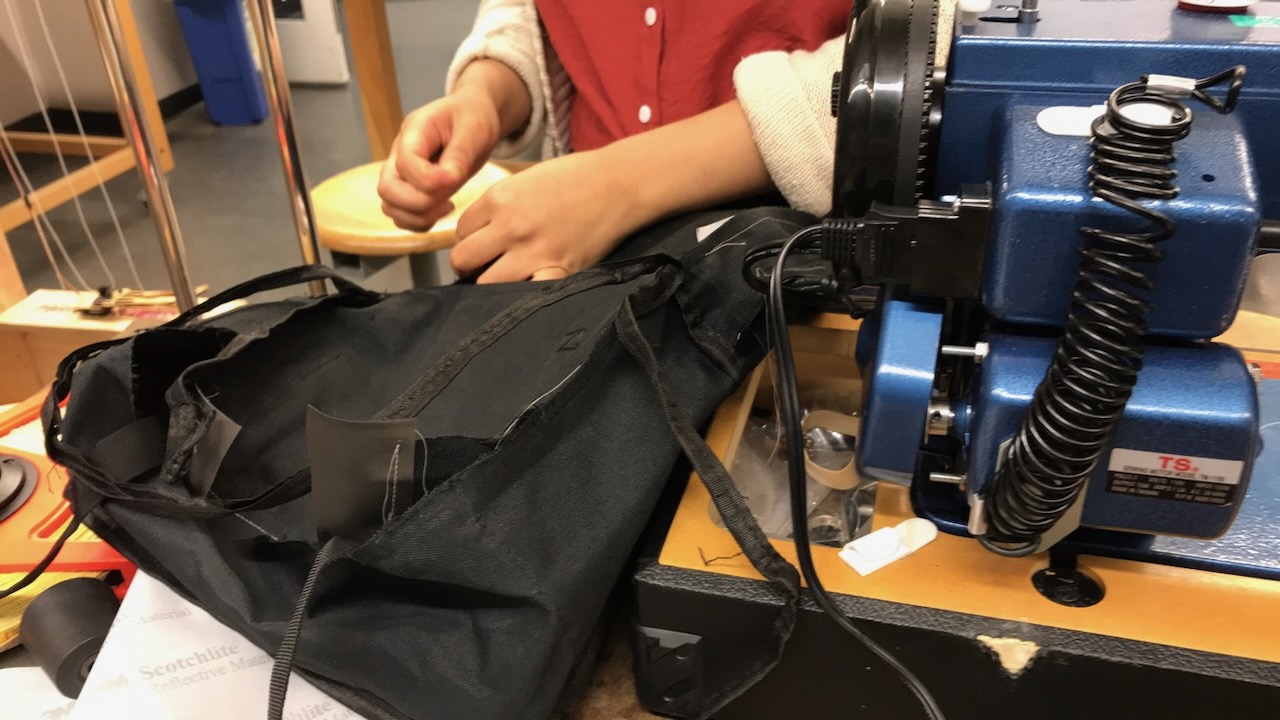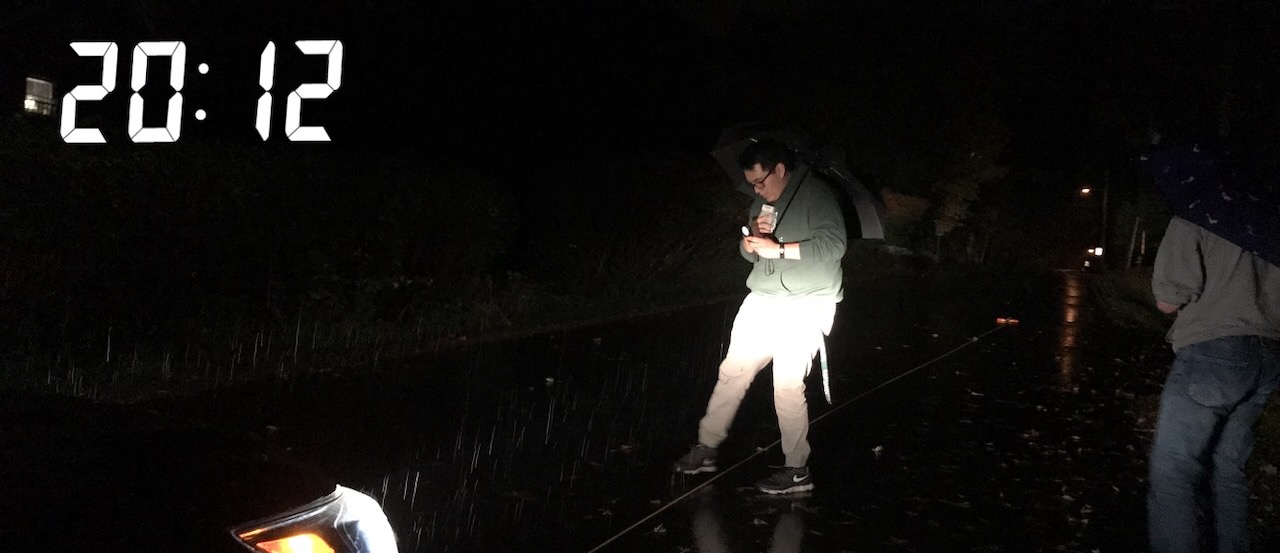Lit Pak — Designing a Safer, Smarter Backpack for Nighttime Visibility
Written on December 1st , 2018 by Dulanga Jayawardena
Overview
The LitPak project was born from one simple but critical problem: pedestrians are extremely vulnerable at night. Over 75% of pedestrian fatalities happen after dark, largely due to poor visibility. Existing safety gear (reflective vests, belts, or neon clothing) often go unused because they’re inconvenient, unfashionable, or not designed for daily wear.
Our goal was to design a product people actually want to wear — one that blends safety, fashion, convenience, and everyday functionality. We chose the most universally worn item for students and commuters: the backpack.
The Problem
- 6,000+ pedestrian fatalities per year in the U.S., 75% after dark.
- 78% of college students expressed concern about nighttime visibility.
- 90% admitted they never wear existing reflective safety gear due to appearance and inconvenience.
Our Solution: LitPak
We designed LitPak, a backpack that integrates:
- LED lighting for active visibility
- Reflective materials for passive visibility
- Conductive thread for embedded wiring
- Rechargeable battery system for all-day usage
- Smart power management using motion-sensing gyroscopes to automatically shut off lights when idle


The LitPak functions as both a daily-use backpack and a nighttime safety device—without sacrificing style.
User-Driven Design
Throughout development, we conducted extensive:
- User interviews (81 students) to assess behavior, concerns, and product expectations
- User testing (8 participants per iteration) to evaluate comfort, appearance, and usability
- Iterative prototyping (3 full hardware iterations) to refine design, materials, electronics, and usability

By the final prototype, our product scored:
- Comfort: 9/10
- Appearance: 8.8/10
- Perceived Safety: 8.5/10
- Convenience: 9.5/10
Key Features
- Seamlessly embedded LEDs on both sides, front, and shoulder straps
- Reflective flame design for added visibility
- Rechargeable lithium-ion battery (19.9 hours runtime)
- Motion-activated power-saving gyroscope
- Four main compartments, water bottle holders, and laptop sleeve
- Polyester body for water resistance and durability
- Durable insulated 24-gauge copper wiring along inner seams
Benchmark Testing
| Test Type | Key Result |
|---|---|
| Visibility | Increased detection distance from 61 ft to 221 ft |
| Battery | 19.9 hours continuous LED usage |
| Durability | Passed 30-cycle drop test with no functional failures |
| Reflective Wear | Minimal degradation after extreme abrasion |
Market & Economic Viability
We conducted full financial modeling to explore commercial viability:
- Target audience: college students, parents of young children, walking commuters
- Sale price: $140 per unit (competitive with premium backpacks)
- Manufacturing: scalable with decreasing unit costs at higher volumes
- Break-even point: 2.5 years under conservative growth projections
Future Opportunities
- Child-specific designs (colored LEDs, customizable patterns)
- Expansion to jackets, briefcases, purses, and other commuter accessories
- Smarter sensors to activate lights based on oncoming traffic detection (next-gen R&D)
Conclusion
The LitPak successfully met its design goals: create a fashionable, functional backpack that makes nighttime pedestrians significantly more visible without compromising everyday usability.
With user-centered design, rigorous testing, and real-world feedback guiding development, LitPak demonstrates how thoughtful hardware design can blend safety and convenience into a genuinely useful product.
